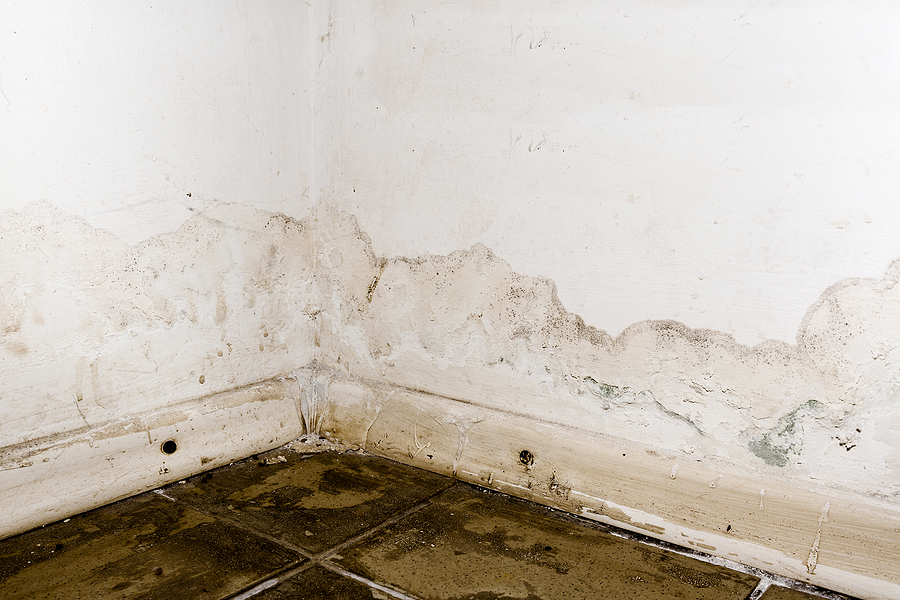Standing Water? Standing IN Water? Call now.
If your building is flooded, stop reading and call us!
If you’ve had previous damage from water and it’s less of an emergency, you can call us or contact us by email – click the Contact Us button right here.
Standing Water? Standing IN Water? Call now.
If your building is flooded, stop reading and call us!
If you’ve had previous damage from water and it’s less of an emergency, you can call us or contact us by email – click the Contact Us button right here.



How Does Water Damage Your Basement?

Water in a basement is a headache that no one wants to deal with. It’s unsightly, can create an environment for mold to develop or even provide a source of water for rodents and insects. Sometimes the water itself can be unhealthy, and just touching it may lead to contracting an illness. On top of all this, if a basement is already “finished,” with carpet, drywall, and home electronics like TVs and game consoles, all of this may be damaged.
Basement water damage often requires pretty comprehensive solutions to fix. But how does it happen in the first place? Here are some of the reasons water gets into your basement. Some have solutions you can implement yourself, while others require professional attention.
Water Coming Up From A Concrete Floor
Some types of water damage are smaller. For example, you’ll notice some pools of water that seem to come up directly from solid concrete. Typically, this happens only during extremely heavy rainfall, closer to flooding situations. However, this is not floodwater, or at least, not the more significant type.
In this case, water is being pushed up through a phenomenon known as hydrostatic pressure. This means there’s a large concentration of subsurface groundwater. With the right amount of water and weather conditions, this water can push against the foundation, causing water to seep through the floor or areas where the foundation wall meets the floor.
Water Near Walls Or Staining Walls
Water coming in through the walls is often a sign of a foundation that’s been damaged and poor drainage management. Neither of these situations is good, but the combination of both leads to leaking walls. In ordinary circumstances, rainfall that hits the roof will flow down a gutter and be deposited several feet away from the building. However, blocked drains can cause an overflow of water that leaks down the exterior walls and directly into the ground next to the building.
If a foundation has been adequately treated against water, it will resist water penetration. But if a foundation is old, eroded, or was never built to be resistant to water penetration, then that water seeps through. The result is an unsightly staining every time there’s heavy rainfall. Clearing out a clogged gutter and ensuring water flows away from the property is a quick fix for future storms. First, however, proper foundation repair should be considered.
Water Covering The Entire Floor
This is the classic flood situation. In some instances, the cause may be right in the building itself, such as a cracked water pipe or a broken water heating tank. In other cases, this may be a situation beyond anyone’s control, such as backed-up sewage pipes or, worse yet, actual flood conditions. One possible preventive solution is known as a backwater valve. This barrier is built into the sewage drain that closes when water tries to flow back up into a building.
Call On The Local Water Damage Clean Up Experts
If you think you need professional help with cleaning a sewage flood or back up, we can help. Emergency Restoration Specialists has over 30 years of experience serving the Milwaukee area. Contact us for a prompt, professional response.



